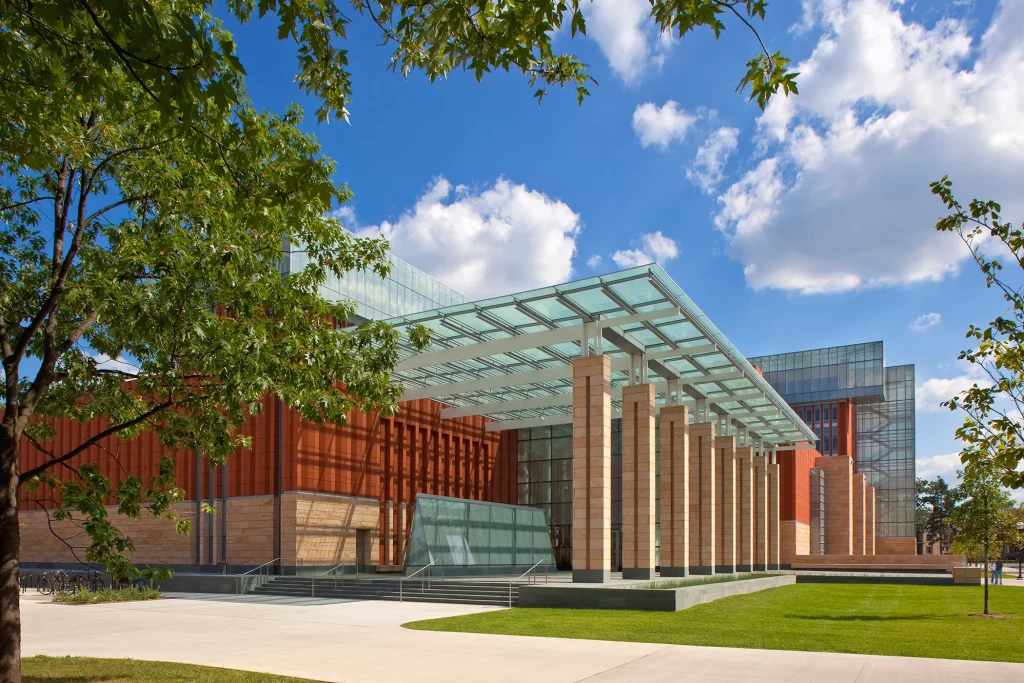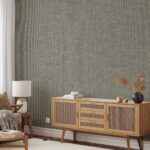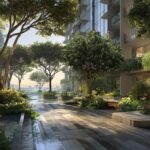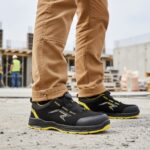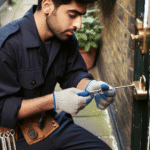The use of terracotta in architecture has become popular in the last two decades. The 90s saw the beginning of terracotta but did not seem that promising. With today’s global green initiative, terracotta is the go-to material for responsible home and business owners. Terracotta cladding is not only environment-friendly but also beautiful.
How it Works
Cladding with terracotta can be done in two ways:
- Rain-screen principle– Involves overlapping terracotta panels on an aluminum frame. This makes the structure durable yet light. This process does not involve grout or silicone sealants. This kind of cladding is low-maintenance and easy to install in any season.
- Precast concrete– Involves fusing terracotta veneer on precast concrete. It looks like concrete from the inside and terracotta from the outside. This way is affordable to install. However, the concrete joints have needed more maintenance over the years.
Both these options offer plenty of room for design and creative flexibility. Beautification is not a problem with terracotta.
Terracotta Aesthetics
Terracotta has been around since pre-historic times. It is one of the most beautiful materials one can use to make a building look sophisticated. Terracotta can be useful in many ways:
- Shades– Terracotta absorbs colors well. Any shade can look rich on a terracotta base. Although the natural color of terracotta looks most aesthetic.
- Glazing– Terracotta can be glazed or unglazed, and both look amazing depending on what is needed. A matte finish (unglazed) is the more common choice. It is evergreen. Unglazed terracotta cladding will never go out of fashion.
- Texture– Terracotta supports various textures like peeled, fine peeled, combed, sandblasted, fine combed, and honed. It depends on the construction.
- Shapes– Terracotta is malleable and durable. It is used to make many 3D shapes.

Why Use Terracotta Cladding?
Terracotta is not only beautiful and easy to install. The primary reasons why terracotta has become so popular in architecture are its affordable, eco-friendly, and low-maintenance qualities.
Inexpensive
Terracotta is strong, durable, long-lasting, and very green. The building blocks are clay and water. It is surprising how durable clay can get when treated right. This is also why terracotta is affordable.
The primary ingredient is very cheap. Although, it is more expensive than usual clay. But it is still cheaper than many other materials used for aesthetic purposes.
Low-maintenance
Terracotta is not only strong and durable enough to hold the structure firm. It holds colors and textures without wear and tear. The color doesn’t fade; the material doesn’t chip away.
Terracotta needs the least maintenance. It outlasts fiber cement coatings by years. All it needs is a bit of power washing every decade. Glazed terracotta needs even lesser maintenance to look as good as new.
Eco-friendly
Terracotta can be recycled to be used in road construction. It is a very environment-friendly material in itself. It is energy-efficient with its high thermal performance. It helps regulate the temperature of any building.
Conclusion
Terracotta cladding is a very good idea for those who want to build responsibly. When people choose terracotta they get rewarded with low-maintenance costs over decades.
